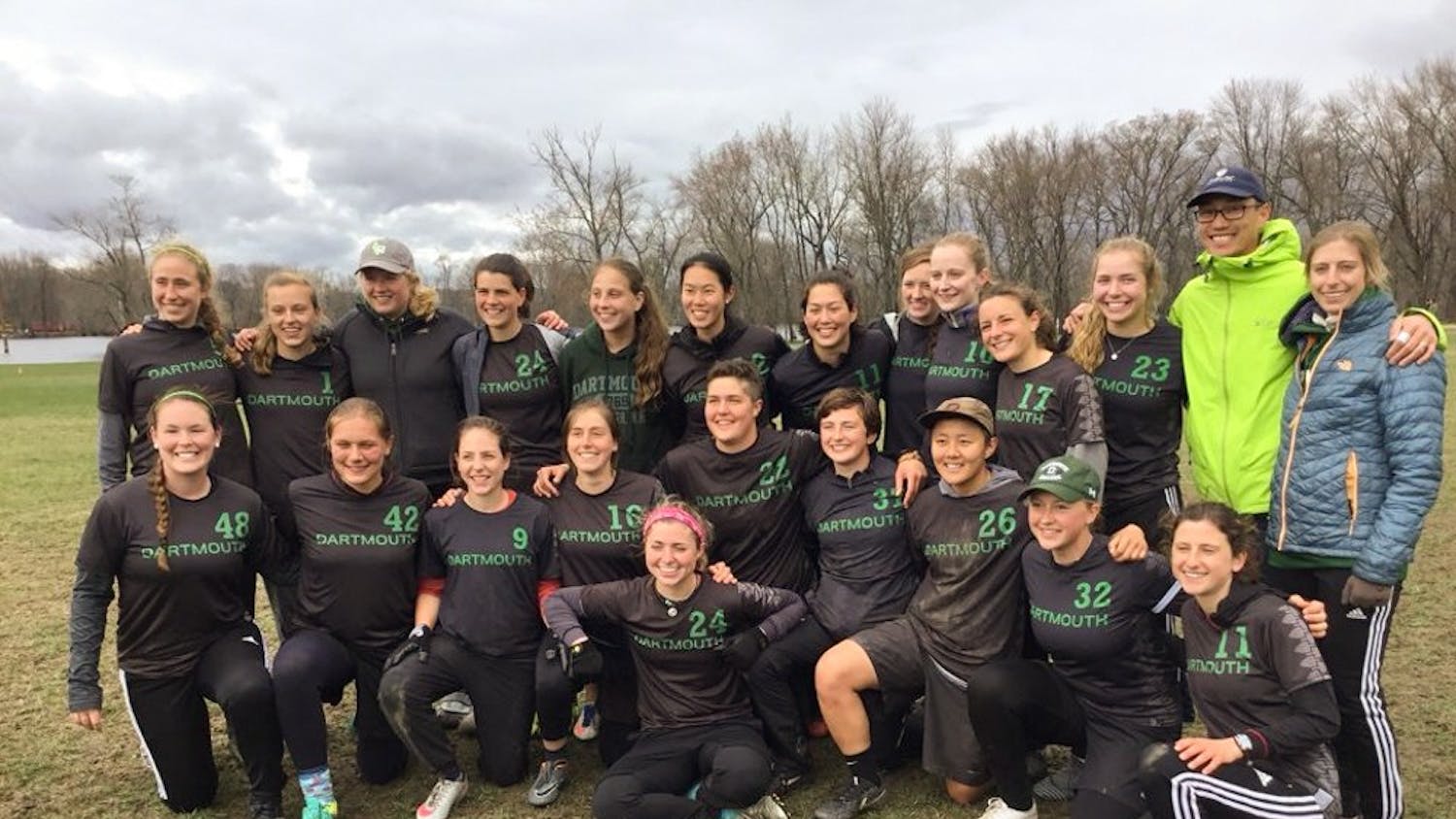After a lengthy legal battle that went all the way to the New Hampshire Supreme Court, contractors finally began construction on a new indoor practice facility on campus this past winter. The new facility will provide space to Dartmouth sports teams — varsity and club — that have struggled with cancelled practices, icy New Hampshire winters and a lack of sufficient accommodations at the sole indoor practice facility currently on campus, Leverone Field House.
In late 2016, the Hanover Planning Board denied a permit to build the new indoor facility. The College first appealed the decision to the Grafton Superior Court, leading to another denial in late September of 2017. The College’s second appeal, however, was successful. In early November 2018, the New Hampshire Supreme Court ruled unanimously to overturn the Planning Board’s initial denial.
New Hampshire Supreme Court associate justice Patrick Donovan cited the board’s “subjective and personal feelings” as the basis for overturning the denial.
An important rationale behind the new indoor practice space is that Dartmouth’s northern geography brings severe, extended winter weather, according to deputy director of athletics and recreation Bob Ceplikas ’78. Currently, Leverone is the only facility available to many teams for practice during inclement weather.
“As the northernmost Ivy League school, Dartmouth faces unique challenges regarding the need for indoor practice space during cold and inclement weather, especially in the winter, early spring and late fall,” Ceplikas wrote in an email statement.
With hard winters driving demand for indoor practice space, many Dartmouth teams have experienced difficulty finding timeslots for training in Leverone, according to softball player Micah Schroder ’20.
“Every team has a certain day where, if everyone has to come inside, you lose your practice time,” Schroder said.
Ceplikas echoed Schroder’s sentiment, emphasizing the challenge of fitting every team into the indoor practice schedule, given that the track and field team has priority over Leverone.
“While Leverone Field House is a wonderful facility, it serves as the primary venue for indoor track and field, so the hours remaining for all of our field teams fall far short of the demand,” Ceplikas wrote.
Dartmouth football quarterback Derek Kyler ’21 said he hopes that the new facility will free up the schedule and allow individual athletes to use the new facility or Leverone to train outside of practice when they want to.
In addition to the increased availability, the new facility, which is located near Thompson Arena and Burnham Field, adjacent to the Boss Tennis Center, will have multiple accommodations not found at Leverone. The 56,000-square-foot field at the new facility is nearly three times as large as Leverone’s 20,000-square-foot temporary turf field.
With a significant increase in the size of the turf, the new facility will be able to house some of the larger teams, like football, which currently must split into two different groups when practicing at Leverone, according to Kyler.
“[Leverone is] a confined space,” Kyler said. “It’s almost like a walk through, and we can never get the reps we want to.”
Not only is the field in the new facility larger, but it is also composed of a newer turf that will better serve almost every field-based sport at Dartmouth. According to Ceplikas, the new turf, to be made of FieldTurf®, “best replicates natural grass.”
The current non-infill turf in Leverone has caused problems for field sport teams that will be solved in this new facility, according to Kyler.
“We can’t wear cleats in [Leverone],” Kyler said. “It’s just tennis shoes right now. You can never go full speed practice in Leverone because you never have good grip … It’s a little dangerous in that sense.”
With eight teams — men’s and women’s lacrosse, men’s and women’s soccer, football, baseball, softball and women’s rugby — using the new facility, Leverone availability will be opened up for field hockey, which, according to Ceplikas, “prefers to compete and practice on a non-infill turf surface.”
Leverone will be more accessible not just to field hockey, but to club sports that previously had sporadic access to an indoor practice facility. Johnny Elliott ’19, a former captain of the men’s ultimate frisbee A team, Pain Train, spoke to the challenges of finding practice time at reasonable hours despite the club sports office’s best efforts.
“Our biggest difficulty is that we have to go after all of the varsity sports in terms of securing times,” Elliott said. “We get the best times of the latest crop, and we’re still ending up with practice times that end at midnight. People become more sleep-deprived and more stressed out, and it really shows in our competitions when … we’re all down on our luck from a term of late practice times.”
Ceplikas noted the “domino effect” he expects will benefit club sports once the new facility is completed.
“By relocating eight varsity sports into the new facility, many Leverone hours will be freed up for use by club sports, including some clubs that currently have little or no access to indoor practice space,” Ceplikas wrote.
Elliott is similarly hopeful that the new indoor facility will prove helpful for club sports such as ultimate frisbee.
“I am excited that the new facility is going up because I think that will get us to move earlier, and I think that will be better for us going forward into the future,” he said.
In addition to the new facility’s larger field and change in turf, Ceplikas wrote that the 70,000-square-foot facility will feature a meeting room, two video filming platforms, a satellite sports medicine space, batting tunnels for baseball and softball and dividing netting similar to that in Leverone. In a previous interview with The Dartmouth, he said he is hoping to accelerate the timeline to get the new facility open for as much of winter as possible.
Anna May Mott contributed reporting.


